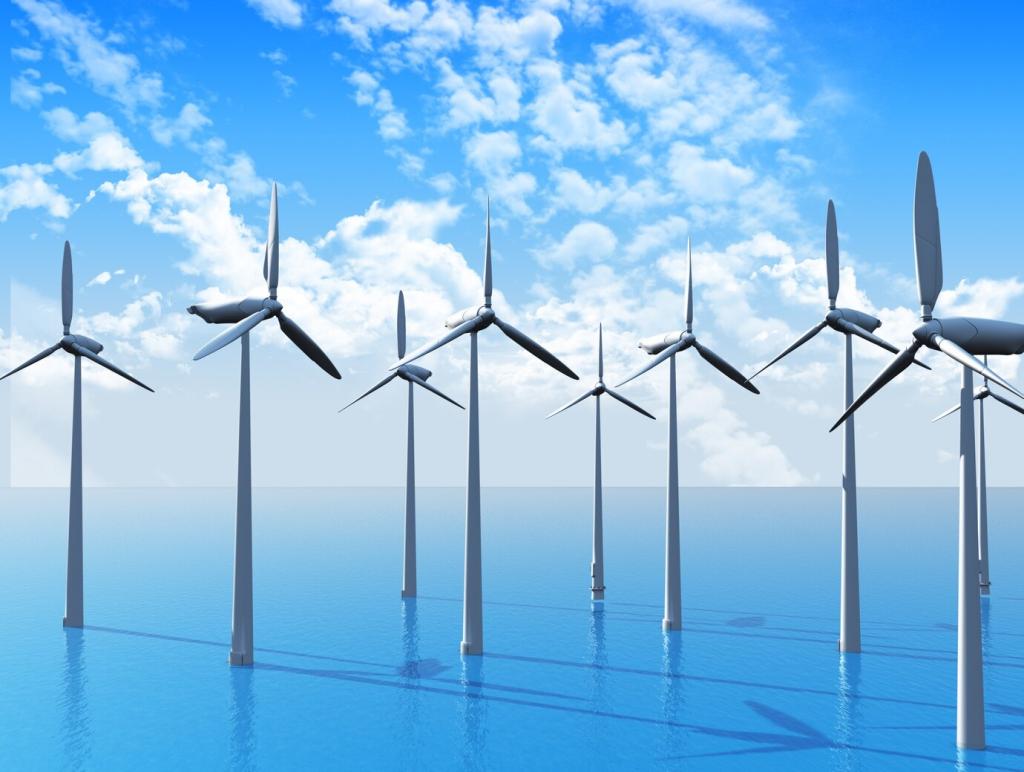This website uses cookies so that we can provide you with the best user experience possible. Cookie information is stored in your browser and performs functions such as recognising you when you return to our website and helping our team to understand which sections of the website you find most interesting and useful.

Renewable Energy Innovations: Breakthrough Technologies
The landscape of renewable energy has experienced a profound transformation in recent years, with cutting-edge technologies pushing the boundaries of what is possible in sustainable power generation. From advanced solar panels to intelligent grid management systems, innovations are driving greater efficiency, scalability, and accessibility for green energy solutions worldwide. This web page explores key breakthroughs shaping the future of renewable energy, examining how these advancements address challenges like energy storage, integration, and environmental responsibility. As climate concerns grow, exploring these state-of-the-art technologies becomes essential for understanding the next era of clean energy and its impact on global societies.
Advanced Wind Energy Solutions

Innovations in Energy Storage
Solid-State Battery Technology
Gravity-Based Energy Storage
Thermal Energy Storage
Smart Grid and Digitalization

Bioenergy and Waste-to-Energy Advances
Advanced Anaerobic Digestion
Algae-Based Biofuels
Thermochemical Conversion of Waste


